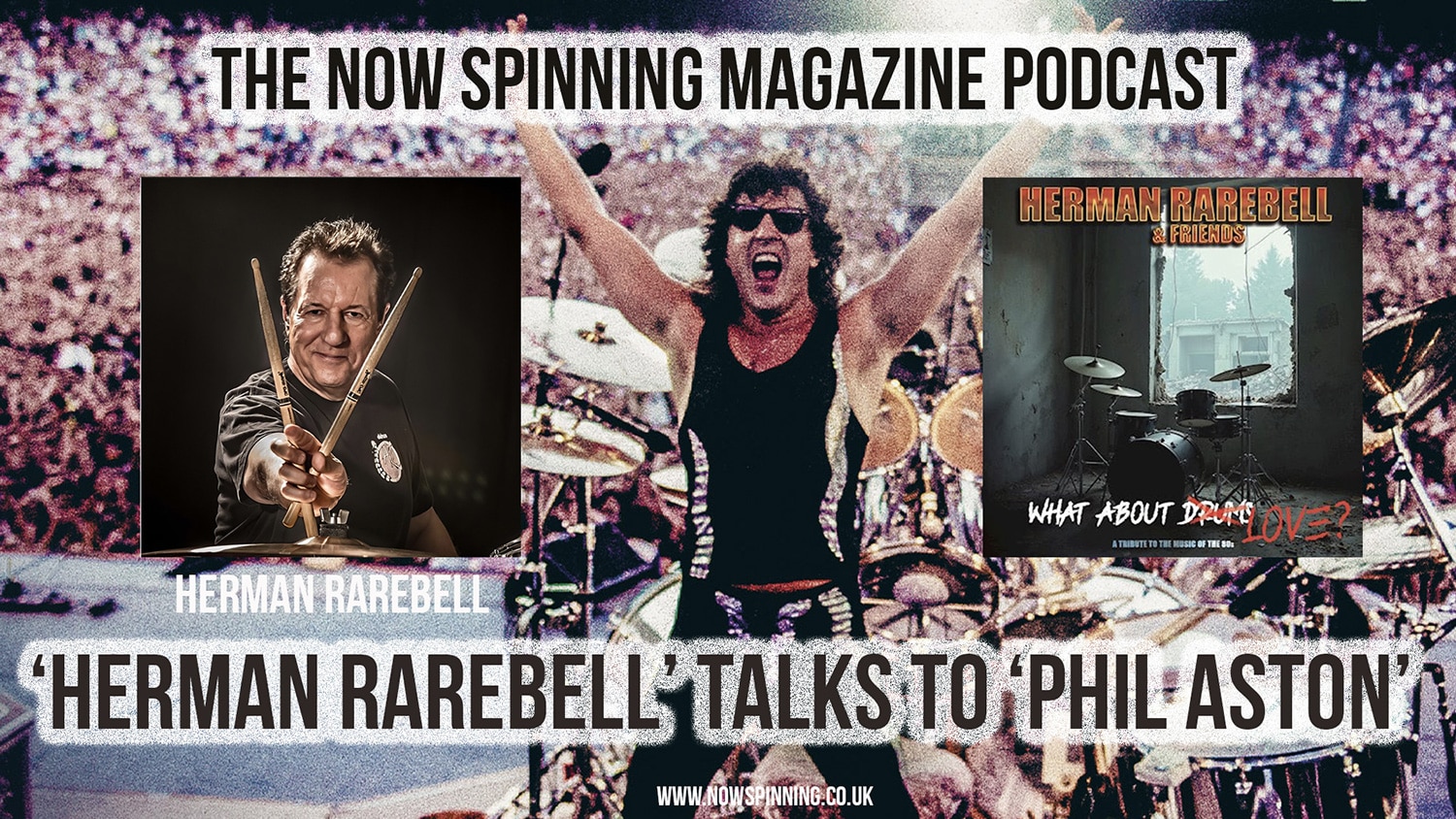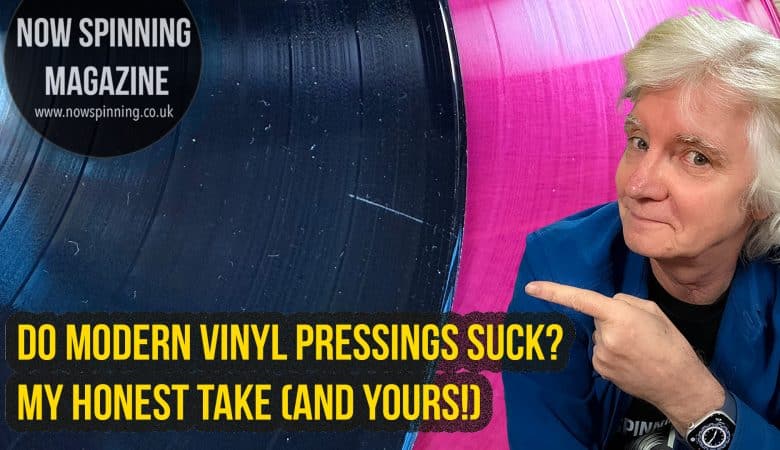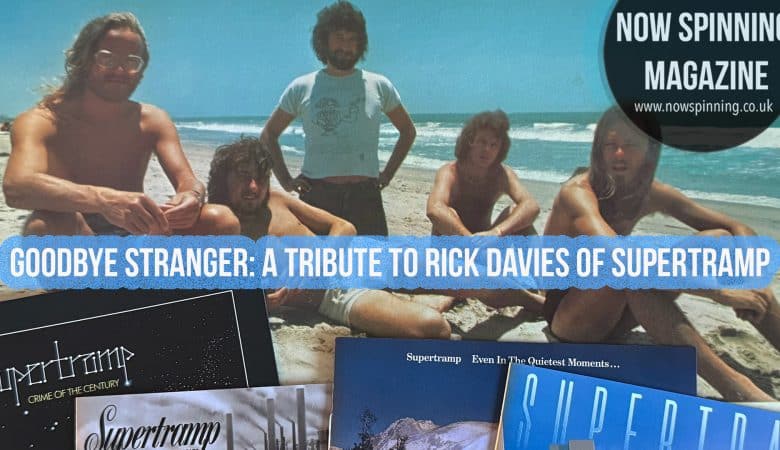Deep Purple – “Who Do We Think We Are” Revisited
Deep Purple’s “Who Do We Think We Are” often gets tagged as the “weak link” in the classic Mark II lineup—but is that really fair? Released in January 1973, it reached #4 on the UK Albums Chart and #15 on the US Billboard 200, proving the band’s commercial momentum was still strong, even if tensions were rising behind the scenes. In my view, it’s a beautifully produced record with moments of sheer brilliance—so let’s dive in.
1. A Snapshot of 1973
Having just discovered Deep Purple in the early ‘70s, I was bombarded with an onslaught of monumental albums: “In Rock,” “Machine Head,” and the soon-to-be-legendary live recording “Made in Japan.” Then along came “Who Do We Think We Are?” in January ‘73, adding another must-hear LP to the already staggering Purple catalog.
2. The Production: A Hidden Gem
Many fans (and even band members) rank this album below “In Rock,” “Fireball,” or “Machine Head.” However, I believe the production here is possibly the best-sounding of any Mark II release. It’s warm, dynamic, and showcases a phenomenal bass response—especially in the interplay between Ian Paice on drums and Roger Glover on bass. Producer Martin Birch really hit a sweet spot, creating an immersive soundscape that’s still thrilling to hear on modern systems.
3. Classic Tracks (and Unusual Sequencing)
“Woman From Tokyo”
The official opener on the vinyl (though cassette editions mixed things up). It’s an uplifting anthem with a driving riff, and the band still features it live to this day.
“Mary Long”
A witty, somewhat cheeky lyric targeting hypocritical moral crusaders. Funky guitar touches from Ritchie Blackmore and dynamic drumming from Ian Paice keep the energy high.
“Super Trouper”
Loaded with complex runs and that classic Purple interplay between organ and guitar. A bold, phasing effect adds extra color to Blackmore’s riffs.
“Smooth Dancer”
Possibly a veiled jab at Ritchie Blackmore in the lyrics, it’s still a gripping, relentless rock track. You can almost imagine a dual solo from keyboardist Jon Lord and Blackmore if the band’s internal chemistry had been better at the time.
“Rat Bat Blue”
My personal highlight! A killer riff, plus a standout keyboard solo from Jon Lord that briefly steps into funky territory before returning to a mighty Hard Rock groove.
“Place in Line”
Opens with Ian Gillan singing in a nearly unrecognizable, low-register blues style. Midway through, the track kicks into a “Lazy”-style shuffle, giving Blackmore room to shine.
“Our Lady”
An unusual closer: no big instrumental solos, but Gillan delivers a moving vocal performance. It caps the album in a more reflective way than typical Purple barnstormers like “Space Truckin’.”
4. Behind the Scenes
By 1973, tensions were high. Ian Gillan was on his way out, Ritchie Blackmore was reportedly losing interest, and the band was juggling constant touring. Still, the music itself rarely shows the cracks. The album’s short runtime (a little over 30 minutes) might have felt skimpy to some fans, but every track offers something unique—particularly in the interplay of Jon Lord’s keyboards, which are more prominent due to Blackmore’s partial disengagement.
5. Chart Success
Despite internal frictions, the record soared to #4 in the UK and #15 in the US, further cementing Deep Purple’s status as Hard Rock royalty. Even if some critics labeled it “weaker” than its predecessors, the commercial performance told another story.
6. Finding the Best Version
For the CD era, you’ll encounter various remasters and remix editions. My personal favorite is the Steve Hoffman 24-karat Gold CD release, which retains the album’s natural warmth and balance. The 1999 remaster, supervised by Roger Glover, adds bonus tracks and interesting outtakes (like “First Day Jam”), but the bass can feel overboosted. Vinyl purists should seek out early purple-label pressings for the most authentic sound.
Final Thoughts
“Who Do We Think We Are” might be overshadowed by “In Rock,” “Machine Head,” and the massively influential “Made in Japan,” but don’t sleep on this album. Its production magic, killer riffs, and Gillan’s powerful vocals still hold up—and that chart success back in ’73 proves it was hardly a misstep. Whether you’re a longtime Purple enthusiast or new to their discography, give this underrated gem another spin.
Remember, there’s truly no such thing as a “bad” Deep Purple album. This one’s a keeper—an absolute must-have for fans of 1970s hard rock.
Share your thoughts in the comments:
• Is “Who Do We Think We Are” underrated or rightly placed in Purple rankings?
• How do you feel about its iconic production and short runtime?
If you enjoy these Deep Purple deep dives, please subscribe and ring the notification bell. Support me further by becoming a Patron or YouTube Member for access to private groups, our virtual pub meetups, and exclusive content.
Phil Aston | Now Spinning Magazine










